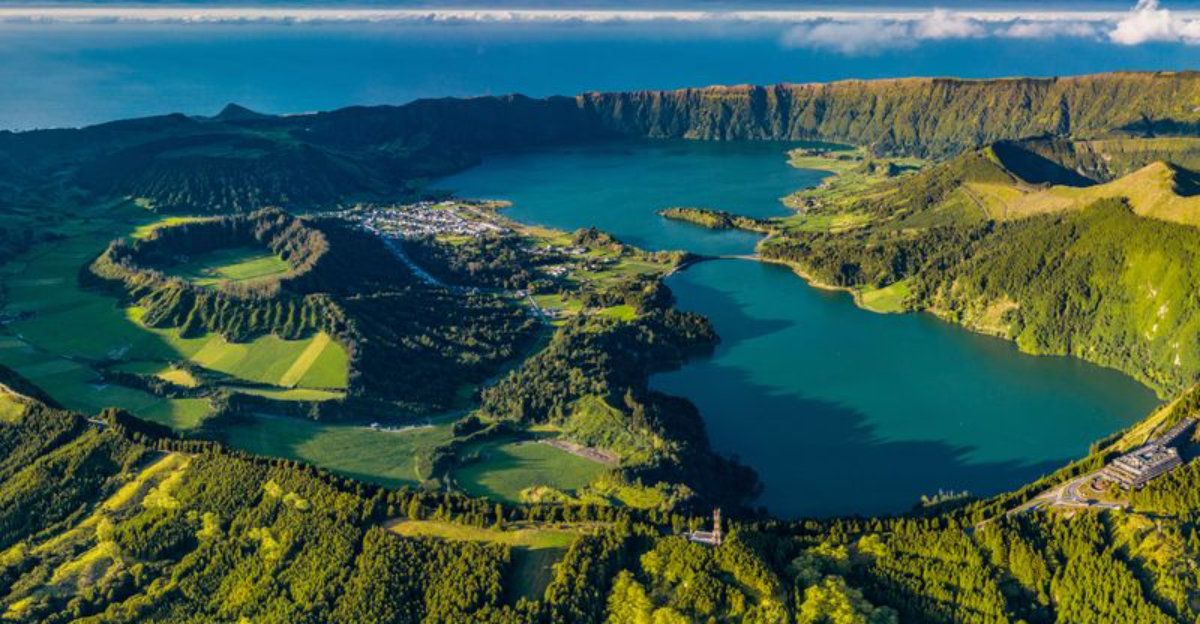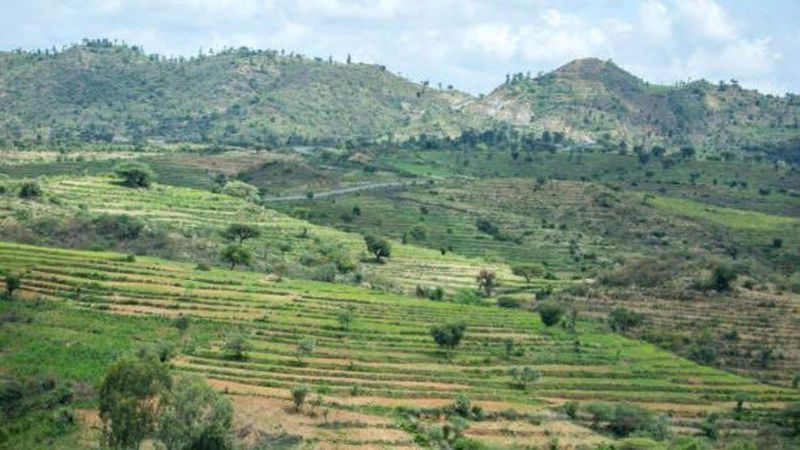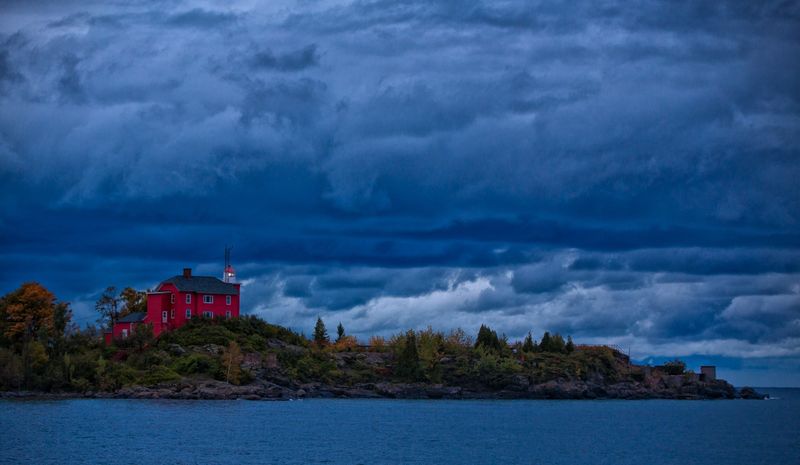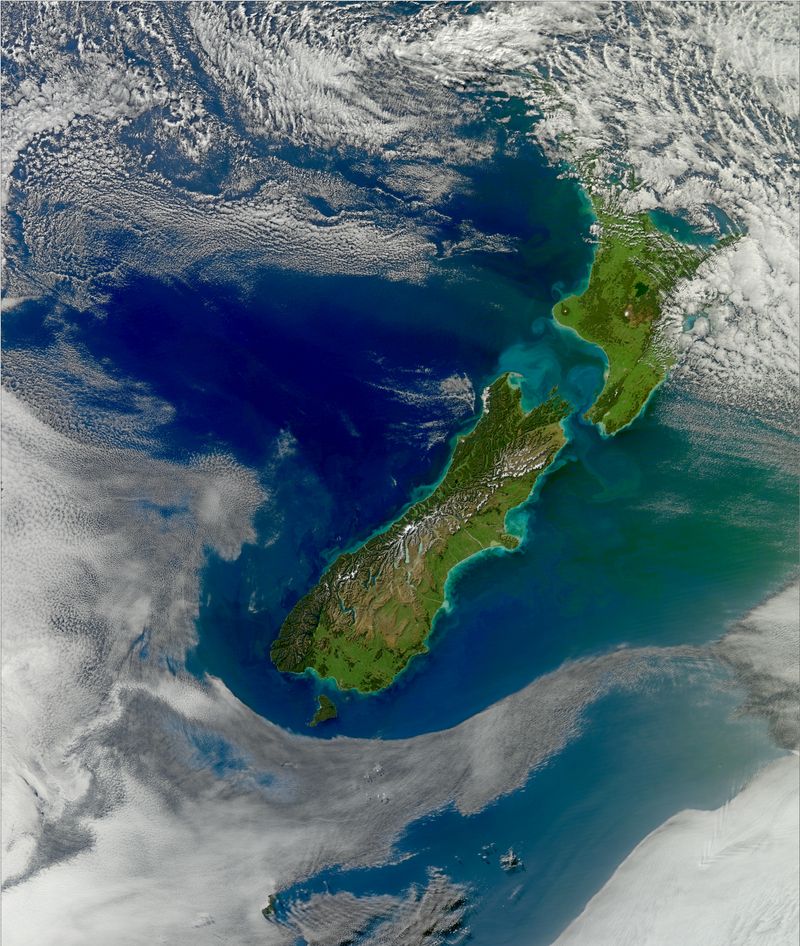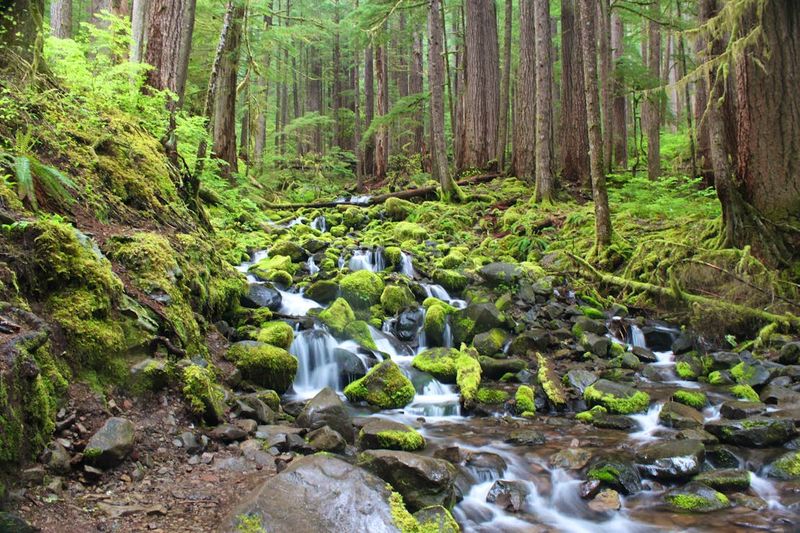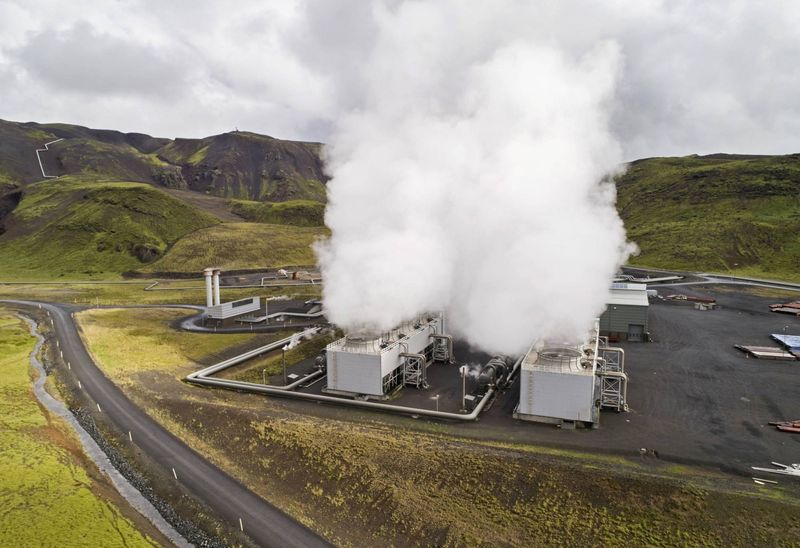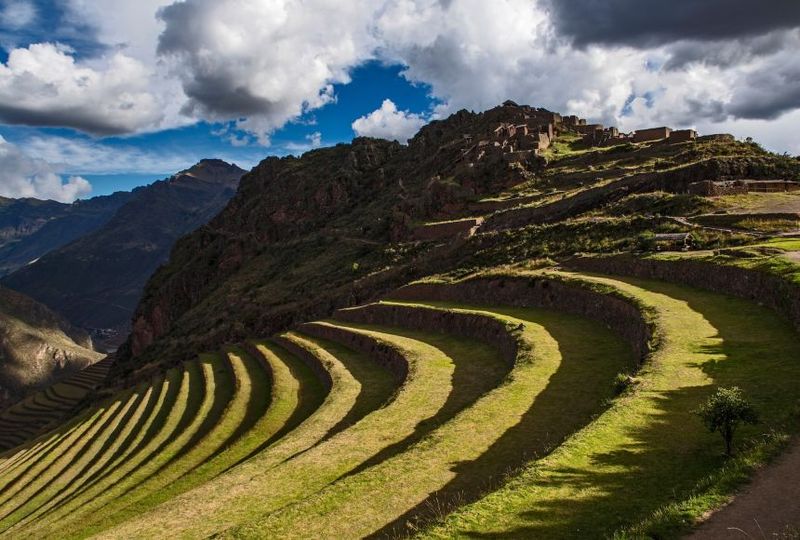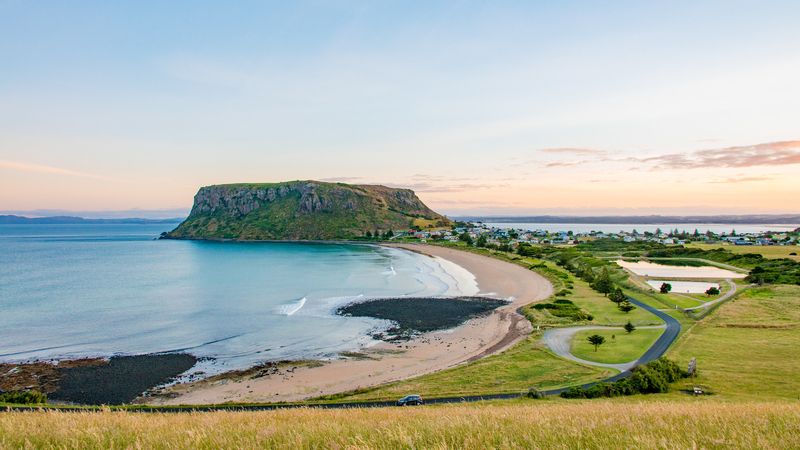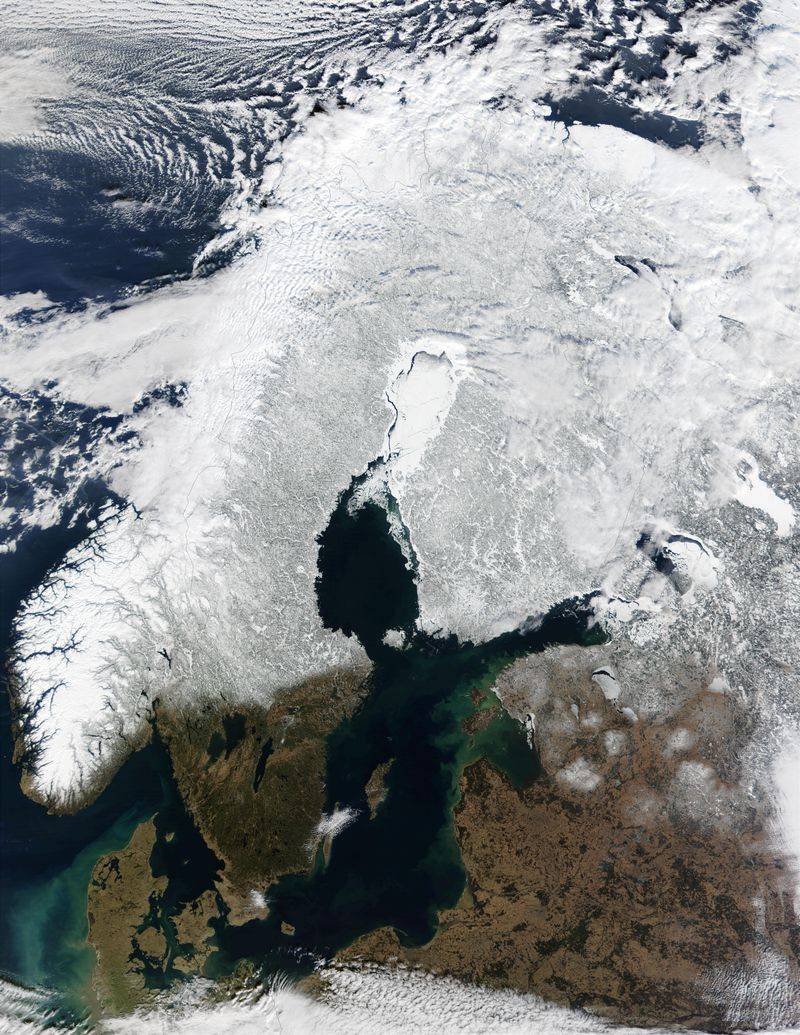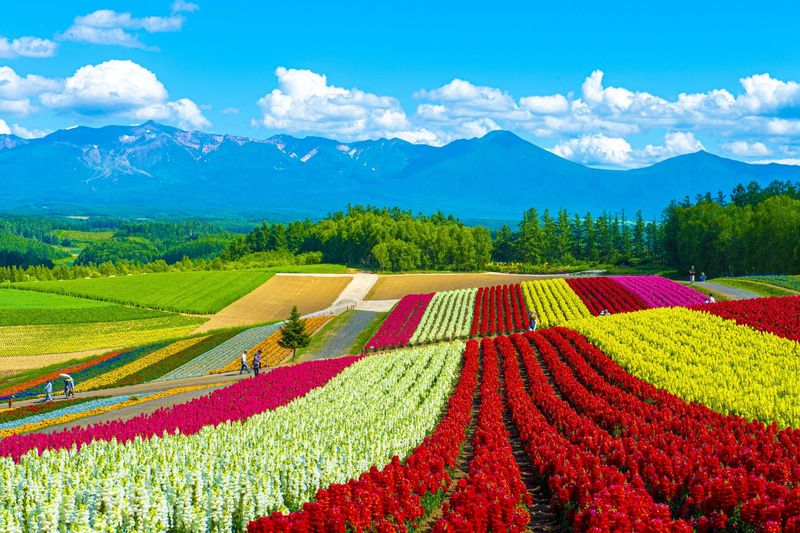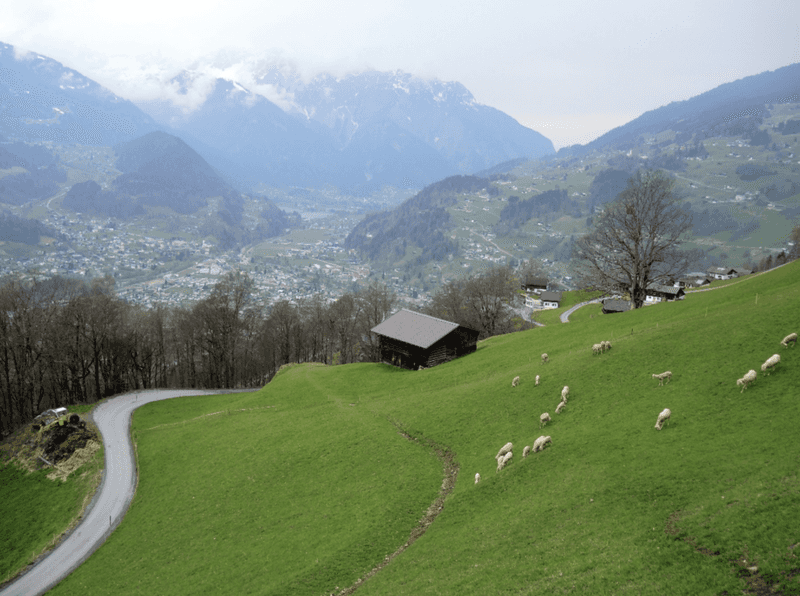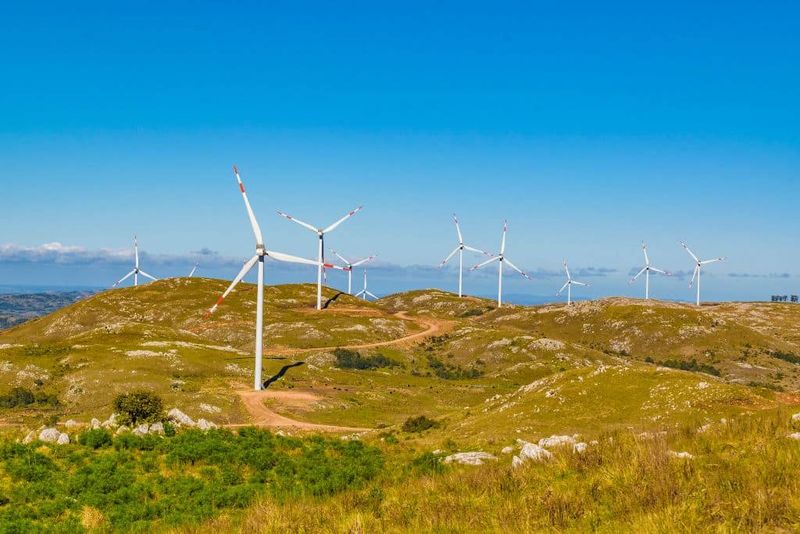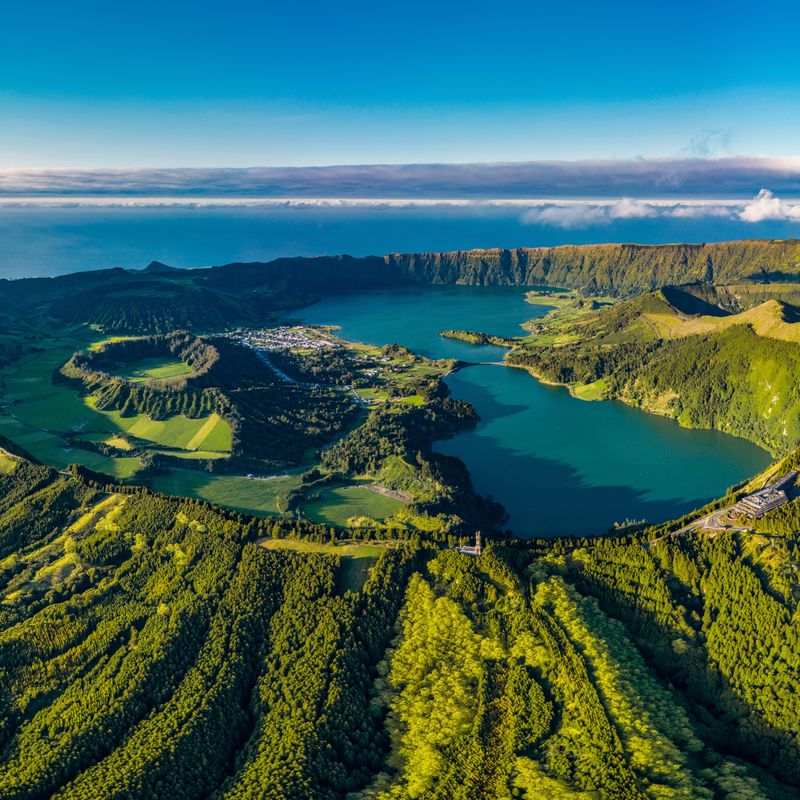Our planet has weathered dramatic climate shifts throughout its history, from ice ages to warming periods. While climate change threatens many regions today, certain places have proven remarkably resilient through past environmental upheavals.
These climate strongholds offer valuable lessons about adaptation and might provide refuge as our planet continues to warm. Let’s explore these survivors and what makes them special in our changing world.
1. The Ethiopian Highlands
Nestled in East Africa, these ancient mountains rise above surrounding lowlands like natural fortresses against climate extremes. Their elevation creates a cooler, wetter microclimate that has remained surprisingly stable even when neighboring regions faced devastating droughts.
Local farmers have practiced sustainable agriculture here for millennia, developing crops adapted to the highlands’ unique conditions. When rainfall patterns shifted elsewhere in Africa, these mountains continued receiving reliable precipitation.
Today, the Ethiopian Highlands remain a biodiversity hotspot and agricultural powerhouse. Their natural climate regulation offers important lessons for adaptation strategies worldwide.
2. The Great Lakes Region
Carved by ancient glaciers, North America’s Great Lakes form Earth’s largest freshwater system – a climate lifeline. This massive water supply moderates temperature extremes, creating a buffer zone against both scorching heat and bitter cold.
During past climate shifts, while neighboring regions suffered, communities around these inland seas continued to thrive. The lakes’ thermal mass creates a natural air conditioning system, cooling the region in summer and warming it in winter.
Rich soils deposited by retreating ice sheets support productive agriculture even during challenging weather years. With minimal hurricane risk and elevation safe from rising seas, this region represents a climate refuge.
3. New Zealand’s Isolated Paradise
Surrounded by vast oceans that moderate temperature extremes, New Zealand stands as a climate fortress at the bottom of the world. Its geographic isolation has protected it from many continental weather patterns, while its diverse topography creates numerous microclimates where life can adapt.
Maori traditions reflect centuries of sustainable resource management that helped preserve the land through changing conditions. The country’s north-to-south orientation spans multiple climate zones, providing agricultural flexibility as growing conditions shift.
Modern New Zealand has embraced renewable energy and sustainability, positioning itself as a potential haven in an uncertain climate future. Its self-sufficient food production adds another layer of resilience.
4. The Temperate Pacific Northwest
Emerald forests stretch from Northern California to British Columbia, nourished by reliable rainfall patterns that have persisted through centuries of climate fluctuations. Ancient redwoods and massive Douglas firs stand as living proof of this region’s long-term environmental stability.
Maritime influence from the Pacific Ocean creates a natural thermostat effect, preventing extreme temperature swings. Mountain snowpack acts as a natural water storage system, releasing moisture gradually throughout dry summer months.
While not immune to challenges like seasonal wildfires, the Pacific Northwest has historically maintained its productive ecosystems and water abundance even during global climate shifts. This ecological resilience makes it a potential climate refuge.
5. Iceland’s Geothermal Advantage
Rising from the North Atlantic, this volcanic island harnesses Earth’s internal heat to power modern life – a climate superpower. Iceland survived the Little Ice Age that crippled other northern regions, thanks partly to its geothermal resources that provided warmth when most of Europe shivered.
Nearly 100% of Iceland’s electricity comes from renewable sources. Hot springs heat homes and greenhouses, allowing year-round food production despite the challenging northern location.
With abundant freshwater, minimal pollution, and a small population, Iceland represents a self-sufficient energy and food system largely decoupled from fossil fuels. This independence from carbon-based energy makes it uniquely positioned for climate resilience.
6. The Sheltered Andean Valleys
Hidden between towering mountain peaks, certain valleys in the Andes have maintained remarkable ecological stability for thousands of years. Ancient civilizations like the Inca developed sophisticated agricultural systems here that withstood climate fluctuations.
Vertical farming across different elevation zones – a practice called “vertical archipelago” – allowed these cultures to diversify crop production and hedge against climate risks. Some valleys benefit from rain shadow effects that ensure consistent moisture even when broader regional patterns shift.
Modern communities in places like Bolivia’s Yungas or Peru’s Sacred Valley continue traditional farming methods that maximize resilience. Their ancient wisdom about working with, rather than against, mountain environments offers valuable adaptation lessons.
7. Tasmania’s Island Sanctuary
While mainland Australia battles increasingly severe droughts and wildfires, Tasmania sits like a green jewel in cooler southern waters. The island’s maritime climate creates a natural buffer against the extreme heat waves that have devastated northern regions.
Abundant rainfall feeds lush forests and productive farmland. Tasmania’s isolation has preserved unique ecosystems that demonstrate remarkable adaptability to changing conditions over millennia.
Forward-thinking environmental policies protect large wilderness areas that serve as carbon sinks and biodiversity reservoirs. With growing renewable energy capacity and relatively stable growing conditions, Tasmania represents a climate bright spot in an increasingly challenged Australian continent.
8. Scandinavia’s Northern Advantage
Vikings weathered the Medieval Warm Period and Little Ice Age from these northern lands, developing remarkable adaptation strategies. Today, modern Scandinavian nations lead in climate-resilient infrastructure designed for weather extremes.
Sweden, Norway, and Finland benefit from abundant freshwater resources, with thousands of lakes and reliable precipitation patterns. Their energy systems increasingly rely on renewables, with hydropower, wind, and biomass reducing dependence on fossil fuels.
Strong social safety nets and forward-thinking governance create human resilience alongside environmental advantages. As warming trends make northern regions more habitable while southern areas face increasing heat stress, Scandinavia’s position may transform from climate liability to climate asset.
9. Patagonia’s Windswept Wilderness
At South America’s remote southern tip, Patagonia has witnessed ice ages come and go while maintaining its rugged ecosystem integrity. Fierce westerly winds that once challenged early explorers now represent a massive renewable energy resource.
Low population density means minimal development pressure on natural systems. Vast grasslands support sustainable ranching while serving as carbon sinks, while abundant freshwater flows from Andean glaciers and rainfall.
Though facing challenges from warming temperatures, Patagonia’s starting point of cool, stable conditions provides a buffer against heat extremes. Its distance from geopolitical hotspots adds another layer of security, making it a potential refuge as climate pressures intensify elsewhere.
10. Hokkaido’s Northern Sanctuary
Japan’s northernmost island offers a climate contrast to the typhoon-battered, increasingly sweltering southern regions. Hokkaido’s cooler temperatures and lower humidity create conditions more resistant to extreme heat events that have strained other parts of the country.
Rich volcanic soils support productive agriculture despite the northern latitude. The island produces much of Japan’s dairy, wheat, and vegetables – critical food security as climate challenges intensify.
Mountains provide natural protection from some weather extremes, while the surrounding sea moderates temperature fluctuations. With fewer typhoons and less earthquake risk than southern Japan, Hokkaido represents a domestic climate haven in a nation facing significant environmental challenges.
11. The Alpine Microclimates
Europe’s mountainous backbone has sheltered communities through climate fluctuations for millennia. The Alps create a patchwork of microclimates where, by moving just a few kilometers up or down a slope, inhabitants can find dramatically different growing conditions.
This environmental diversity allowed Alpine peoples to adapt to changing conditions by shifting activities to different elevations. Traditional farming practices like transhumance (moving livestock between seasonal pastures) demonstrate ancient climate adaptation strategies still relevant today.
Modern Alpine communities have developed sophisticated infrastructure to manage natural hazards while maintaining ecological balance. Despite challenges from melting glaciers, the region’s inherent climate diversity continues providing adaptation options unavailable in flatter landscapes.
12. Uruguay’s Moderate Haven
Often overshadowed by its larger neighbors, this small South American nation boasts a remarkably stable climate profile. Uruguay sits in a sweet spot – warm enough for productive agriculture without the extreme heat of tropical regions, and moist enough without destructive flooding.
The country rarely experiences hurricanes, earthquakes, or volcanoes that threaten other parts of Latin America. Its gently rolling topography and consistent rainfall patterns have supported stable ecosystems through previous climate shifts.
Uruguay has embraced renewable energy, with wind power now providing most of its electricity. This energy independence, combined with strong food production capacity and political stability, creates a resilience package that has drawn increasing attention from climate-conscious observers.
13. So, Where’s the Safest?
While no place is immune to global climate change, New Zealand, the Great Lakes region, and Scandinavia consistently top climate resilience lists. They combine geographic protection, political stability, fresh water, and food security.
